White Oak Wood
- September 1, 2023
- 0 comment
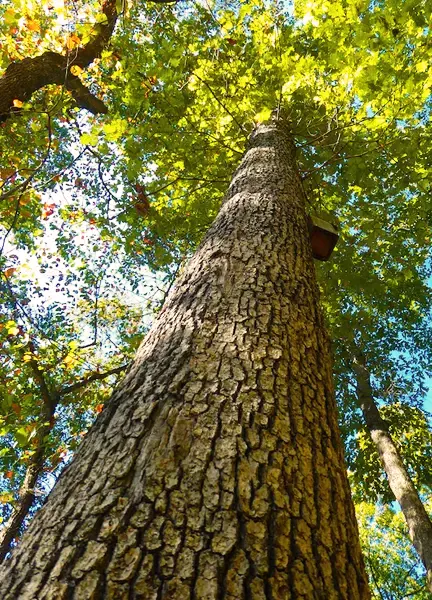
White oak wood is a prized hardwood known for its remarkable durability, strength, and distinctive visual qualities. With a fine, even texture, and straight grain, it displays a range of light tan to medium brown hues adorned with rays and flecks that lend depth to its appearance. Renowned for its resistance to decay and moisture, white oak finds its place in both indoor and outdoor applications, from furniture and decking to boat building and cooperage. Its workability and responsiveness to staining and finishing allow for intricate craftsmanship, making it a favored choice for fine furniture, cabinetry, flooring, and architectural millwork. White oak’s enduring appeal lies in its capacity to blend functionality with timeless beauty, making it a cherished material across a spectrum of woodworking endeavors.
Texture
White oak wood showcases a smooth and uniform texture coupled with a straight grain pattern, lending it a sophisticated and refined appearance. Its fine texture allows for versatility, enabling it to excel in both intricate woodworking projects and larger applications.

Bark
The grayish-brown bark of white oak trees starts off relatively smooth and gradually develops shallow furrows and ridges as the tree matures. This unique bark texture not only adds visual interest but can also be utilized for decorative purposes in various woodworking and design projects.
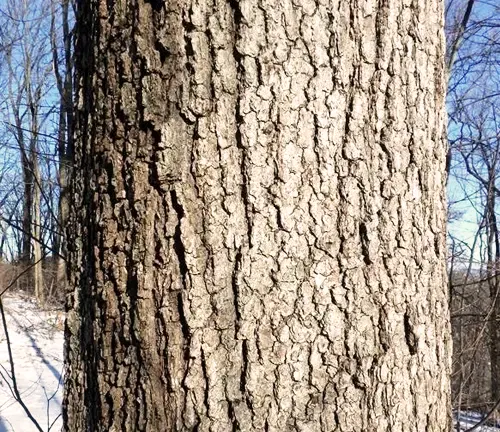
Furniture
White oak’s combination of durability and aesthetic appeal makes it a prized material for crafting furniture pieces such as tables, chairs, cabinets, and dressers. Its fine grain, coupled with a light to medium brown hue, contributes to the overall attractiveness and lasting quality of furniture items.

Weapon
Historically valued for its robustness and resilience, white oak was often chosen as a material for crafting weapons like bows, spears, and tool handles. Its inherent strength ensured the reliability and longevity of these weapons, making it a preferred choice for various historical applications.
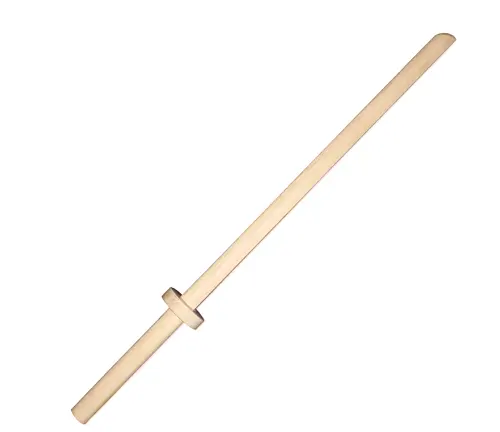
Firewood
White oak wood’s exceptional ability to burn efficiently and generate substantial heat output makes it an ideal choice for firewood. Its slow and consistent burn rate ensures a steady and enduring source of warmth, making it a practical option for heating purposes.

Construction
White oak’s impressive load-bearing capacity and resistance to decay position it as a sought-after material for construction, particularly in the creation of beams, posts, and framing components. Its innate strength contributes to the structural integrity and longevity of various building projects.
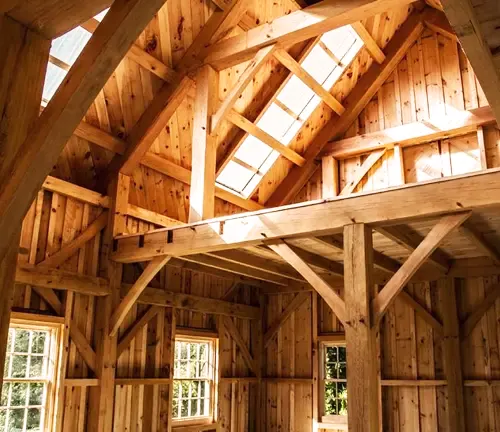
Plywood
White oak plywood, constructed by bonding thin sheets of white oak veneer, finds utility in both interior and exterior applications, including cabinetry and wall paneling. This plywood variant leverages the durability and adaptability of white oak in a versatile and easily workable format.

Board
White oak boards are employed in a wide array of projects, spanning from crafting small items like boxes and cutting boards to larger undertakings such as shelving and paneling. The wood’s consistent grain pattern and inherent appeal make it a favored choice among woodworking enthusiasts and professionals alike.
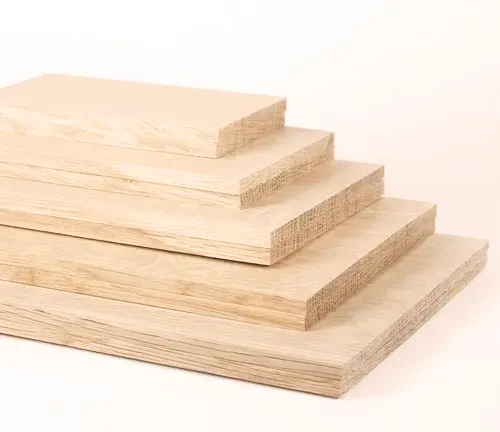
Railroad Cross Ties
Favored for its exceptional durability, white oak wood is frequently employed in the construction of railroad crossties (sleepers) due to its ability to withstand heavy loads and resist decay over time. These cross-ties play a pivotal role in maintaining the stability and longevity of railway tracks.

Pallet
White oak pallets are chosen for their robustness and extended lifespan in shipping and storage applications. These resilient pallets ensure secure transportation and storage of goods, contributing to the efficiency of various supply chain operations.
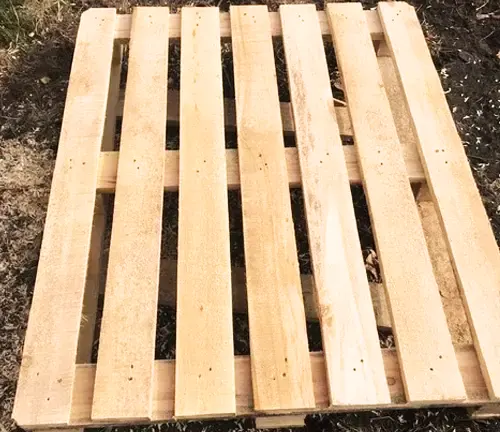
Fencing
White oak’s inherent resistance to insects and decay makes it an optimal choice for fencing, particularly in designs like split-rail and post-and-rail fences. Its durability enhances the overall longevity and effectiveness of fencing structures.

Wood Decking
White oak’s natural resistance to moisture and decay renders it a suitable material for outdoor decking. Its enduring strength and attractive appearance make it a reliable choice for constructing durable and visually appealing outdoor living spaces.
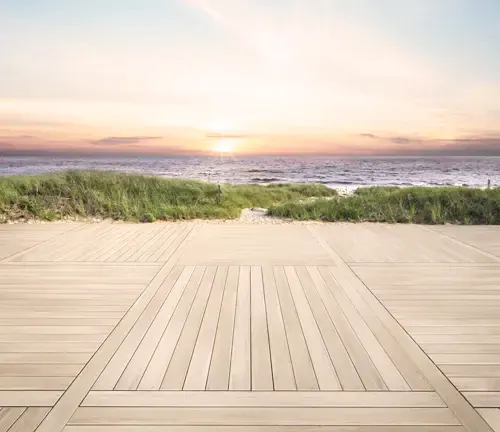
Live Edge Siding
Live edge siding retains the organic edge of white oak wood during milling, introducing a distinctive and rustic element to both interior and exterior walls. This type of siding accentuates the unique contours and natural beauty of the wood.

Beams
White oak beams, celebrated for their formidable strength and load-bearing capabilities, are utilized in various construction applications, including supporting roofs and floors. These beams contribute significantly to the structural stability and integrity of diverse building projects.
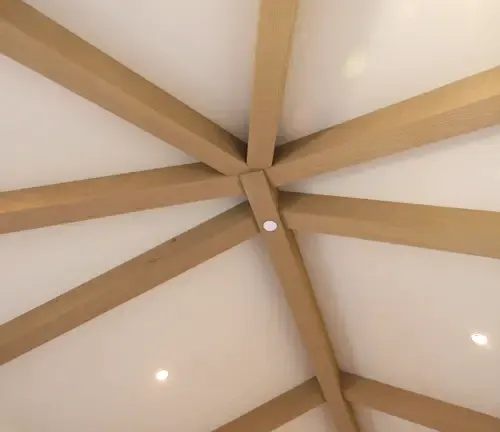
Frequently Asked Questions
- Is white oak wood really white in color?
Despite its name, white oak wood is not actually white in color. It typically ranges from light tan to medium brown, sometimes with gray undertones. The name “white oak” refers more to the pale hue of its bark rather than its wood color. - Why is white oak wood so durable?
White oak wood’s exceptional durability is attributed to its high levels of tannins and tyloses. These natural substances fill the wood’s pores, making it resistant to moisture and decay. This quality makes it a favored choice for outdoor projects and applications. - What are tyloses, and why are they important in white oak?
Tyloses are balloon-like cells that form in the pores of white oak wood, particularly in its xylem vessels. They block these vessels, reducing water and gas flow and making the wood less permeable. This unique trait contributes to white oak’s water-resistant properties and helps prevent decay. - Can white oak be used for whiskey barrels?
Yes, white oak is a popular choice for crafting whiskey barrels. The wood’s natural flavors and tannins can influence the taste and color of the whiskey during aging. The process of charring the inside of the barrel also caramelizes sugars in the wood, imparting unique characteristics to the spirit. - What is the “quarter sawn” technique in white oak wood?
Quarter sawing is a technique where the log is cut into quarters and then the boards are cut from those quarters at an angle. This produces boards with a straight grain and distinctive “ray fleck” pattern, which is highly sought after for its decorative effect in furniture and cabinetry. - How does white oak compare to red oak?
White oak and red oak are two of the most popular oak species. White oak is generally denser, more durable, and more water-resistant than red oak. It has a finer texture and often a straighter grain. Red oak has a more open grain pattern and is slightly lighter in color. - Is white oak wood used in historical architecture?
Yes, white oak wood has been used in historical architecture for centuries due to its strength and durability. It has been utilized in constructing ships, timber-frame buildings, and other structures that required resilience against the elements. - Can white oak wood be used for steam bending?
Yes, white oak is commonly used for steam bending due to its flexibility and strength. The wood’s tight grain and resistance to splitting make it well-suited for shaping into various curved forms. - Does white oak wood have any medicinal properties? Historically, various parts of the white oak tree have been used in traditional medicine for their astringent and anti-inflammatory properties. The bark, leaves, and acorns were used for treatments ranging from wound healing to reducing fever.
- Is white oak wood used in modern sustainable practices?
Yes, white oak is often harvested sustainably, and its versatility and durability align with modern sustainable design principles. Its long lifespan and resistance to decay reduce the need for frequent replacements, contributing to reduced environmental impact.
In conclusion, white oak wood stands as a remarkable example of nature’s craftsmanship, embodying strength, versatility, and enduring beauty. Its unique properties, from the intricate ray fleck pattern to its remarkable resistance to decay, have made it a prized material for centuries across a spectrum of applications. From crafting fine furniture and elegant cabinetry to enhancing the flavors of aged spirits and contributing to the structural integrity of historical and modern architecture, white oak wood’s legacy continues to unfold. As we appreciate its contributions to craftsmanship, artistry, and sustainable practices, we recognize white oak wood as a timeless testament to the harmonious collaboration between humanity and the natural world.


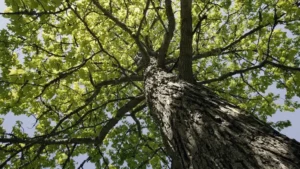
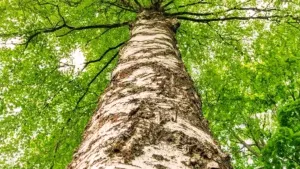
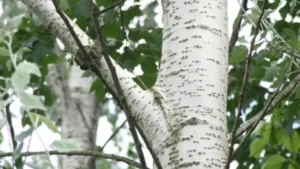
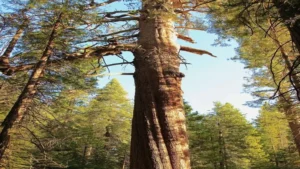
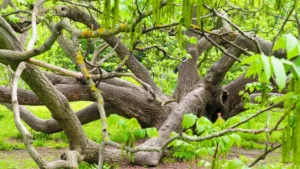

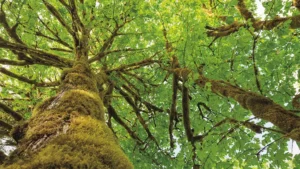
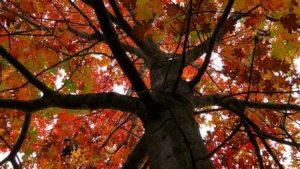
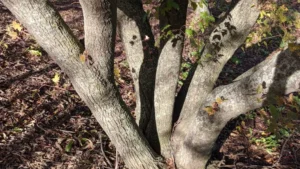
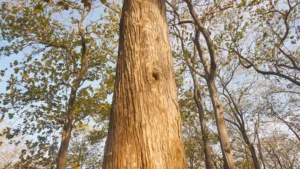
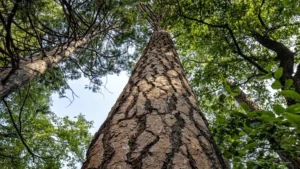

Leave your comment